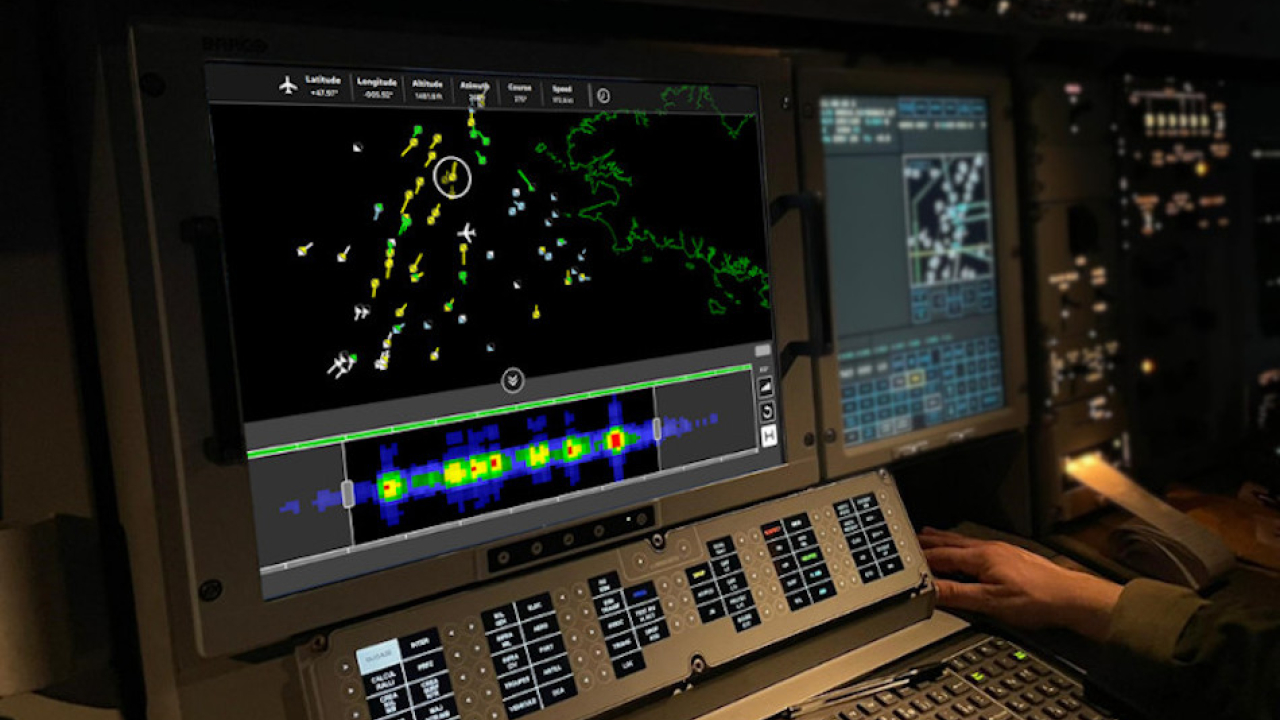Thales report predicts increase in cyberthreats in the aviation sector
Thales' latest report on cyberthreats in the aviation sector warns of a spectacular rise in cyberattacks, which have increased by 600% in the space of a year.

image: Thales
Behind any physical turbulence in the skies, a silent cyber war is being waged on the aviation sector. Ahead of the Paris Air Show this week, Thales’s latest report on cyberthreats in the aviation sector warns of a rise in cyberattacks.
From airlines and airports to navigation systems and suppliers, every link in the chain is vulnerable to attack. The report also includes an analysis of the growing convergence between geopolitical confrontations and cyberthreats in a sector that has become strategically important for state sovereignty, global economic stability and the safe movement of people and goods.
Based on market intelligence data and incident analysis, the Thales report reveals how the stakeholders in the aerospace sector have become prime targets for cyberattacks, which are motivated by a range of factors including financial gain, ideological agendas and state-sponsored influence operations. Between January 2024 and April 2025, 27 attacks were recorded, involving 22 different ransomware groups.
Strategic, interconnected and exposed
While the number of attacks is rising, the report also highlights a qualitative shift in the types of threats the aviation sector faces. As well as compromising flight operations, cyberattacks now also have strategic objectives such as industrial cyberespionage, access to sensitive technologies such as avionics and communication systems, disruption of supply chains and capture of high-value data such as diplomatic travel itineraries and confidential freight shipments.
These increasingly sophisticated attacks are targeting airlines as well as aircraft manufacturers and their suppliers. Notable examples include the denial-of-service attack by a pro-Russian hacktivist group on an airline and the ransomware that paralysed maintenance and supply systems at several strategic air transport hubs. These incidents reveal structural vulnerabilities in a highly interconnected sector, where a single flaw can trigger cascading effects across the entire chain of critical operations.
This high level of risk is a result of the specific characteristics of the aerospace sector: significant operational complexity with a reliance on critical software and interdependent stakeholders, the intrinsic value of the personal, biometric or strategic data involved, and the immediate consequences of any disruption, such as massive delays, airspace closures and logistical failures.
“The aviation industry has become a digital battlefield with significant economic and geopolitical interests at stake. The sharp increase in the number of attacks calls for a holistic approach to aviation cybersecurity, further moves to incorporate AI as an ally and closer collaboration between industry and the public sector.” Ivan Fontarensky, CTO, Cyber Detection and Response, Thales.
The global aviation cybersecurity market is expected to reach $5.32 billion in 2025, with average annual growth estimated at 8.7% by 2029, driven in particular by the increasing digitalisation of the sector and the intensified threat landscape.
Stay up to date
Subscribe to the free Times Aerospace newsletter and receive the latest content every week. We'll never share your email address.

